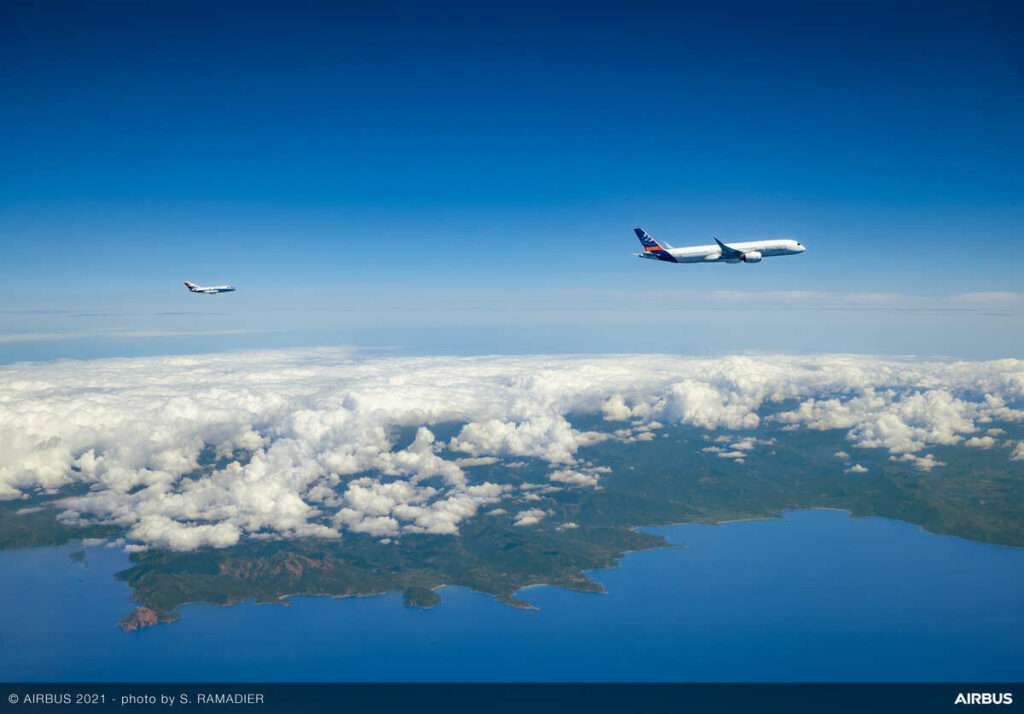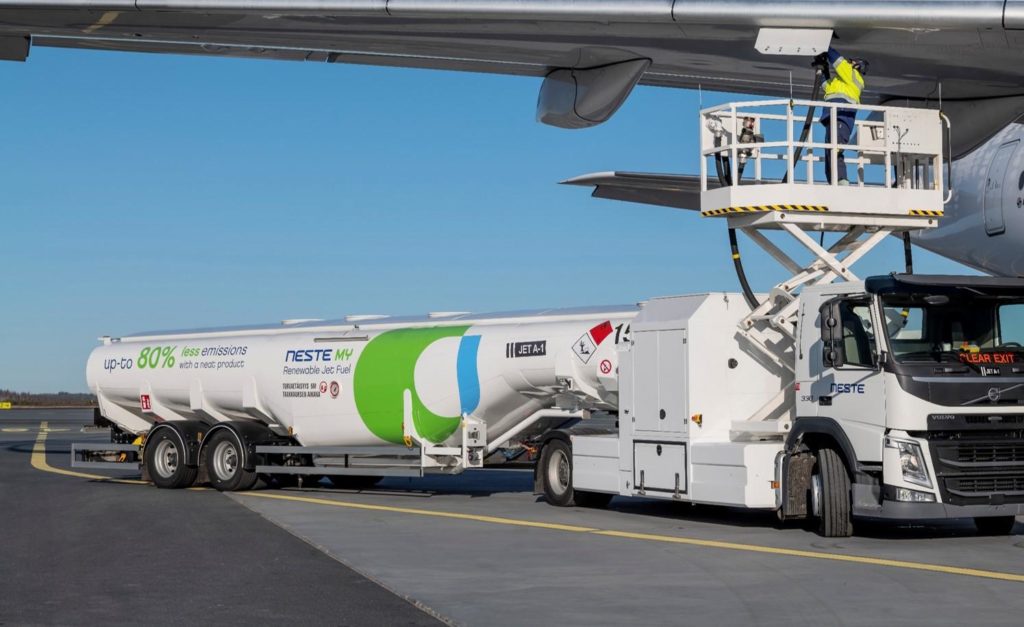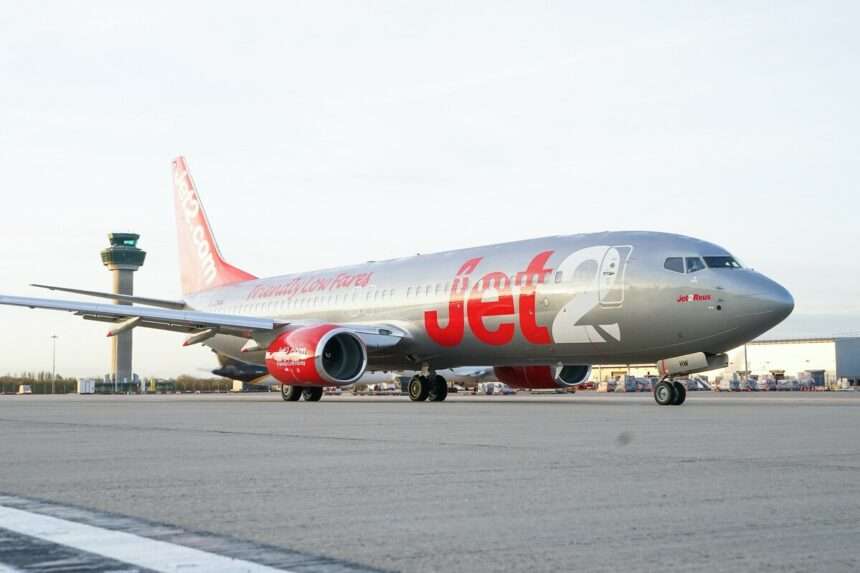New research offers a significant boost to the development of sustainable aviation fuels (SAF). The world’s first in-flight study using 100% SAF in both engines of a commercial aircraft (ECLIF3) has shown promising results.
The tests were carried out by a team supported by Airbus, Rolls-Royce, the German Aerospace Center (DLR), and SAF producer Neste.
Flights tests found a reduction in soot particles and contrail ice crystal formation compared to conventional Jet A-1 fuel.
SAF and Contrail Reduction
Excessive contrails, the wispy trails left behind by airplanes, can contribute to global warming.
The impact of contrails, or condensation trails, is a growing concern. As aircraft engines burn fuel, they release water vapor, which condenses in the cold upper atmosphere and forms ice crystals. These contrails can trap heat, contributing to a warming effect.

ECLIF3, measured the impact of 100% SAF on emissions. This involved an Airbus A350 with Rolls-Royce Trent XWB engines which was followed by a DLR chase plane.
Compared to Jet A-1, the study found a 56% reduction in contrail ice crystals per unit of SAF used.
Global climate models employed by DLR researchers estimated that this translates to a minimum 26% decrease in the climate-warming effect of contrails with 100% SAF use.
This finding is particularly significant as it highlights SAF’s potential to curb aviation’s environmental impact beyond just CO2 emissions.

Unpacking the ECLIF3 Test Results
“The results from the ECLIF3 flight experiments show how the use of 100 percent SAF can help us to significantly reduce the climate-warming effect of contrails, in addition to lowering the carbon footprint of flying,” said Markus Fischer, DLR Divisional Board Member for Aeronautics.
Mark Bentall, head of Research & Technology Programme at Airbus supported this notion. Bentall emphasized the importance of SAF in achieving climate-compatible aviation.
Beyond the immediate environmental benefits, the ECLIF3 study paves the way for wider adoption of SAF.
Regulations restrict SAF use in commercial flights to a maximum 50% blend with conventional fuel. However, the research findings provide strong scientific backing for increasing SAF concentrations.

Alexander Kueper, Vice President Renewable Aviation Business at Neste provided further input. “SAF is widely recognized as a crucial solution to mitigating the climate impact of the aviation sector. This is both in the short term as well as the longer term.”
The ECLIF3 study’s results, particularly the significant reduction in contrail formation with 100% SAF, support this notion. The findings now provide impetus for regulatory bodies to consider raising the current blend limit.
This aligns with the perspective of Alan Newby, Director of Research & Technology at Rolls-Royce. “Using SAF at high blend ratios will form a key part of aviation’s journey to net zero CO2,” he stated.
The ECLIF3 project reinforces the critical role that high-blend SAF can play in decarbonizing air transport.

Conclusion
The importance of the ECLIF3 study extends beyond the immediate findings. The prestigious peer-reviewed journal, Atmospheric Chemistry & Physics (ACP), has published the study.
It represents the first real-world evidence of the substantial climate benefits achievable with pure SAF in commercial aviation.
Conducted in 2021 with the collaboration of researchers from Canada and the UK, the program signifies a significant leap forward in the quest for sustainable air travel.
The road to a greener future for aviation is paved with innovation and collaboration. The ECLIF3 project serves as a powerful example of what can be achieved when industry leaders and scientific minds come together.
As research into SAF continues to advance, we can move closer to a future where the skies are cleaner and air travel is more sustainable.

Click the banner to subscribe to our weekly newsleter.

Click the photo to join our WhatsApp channel so then you can stay up to date with everything going on in the aviation industry!







